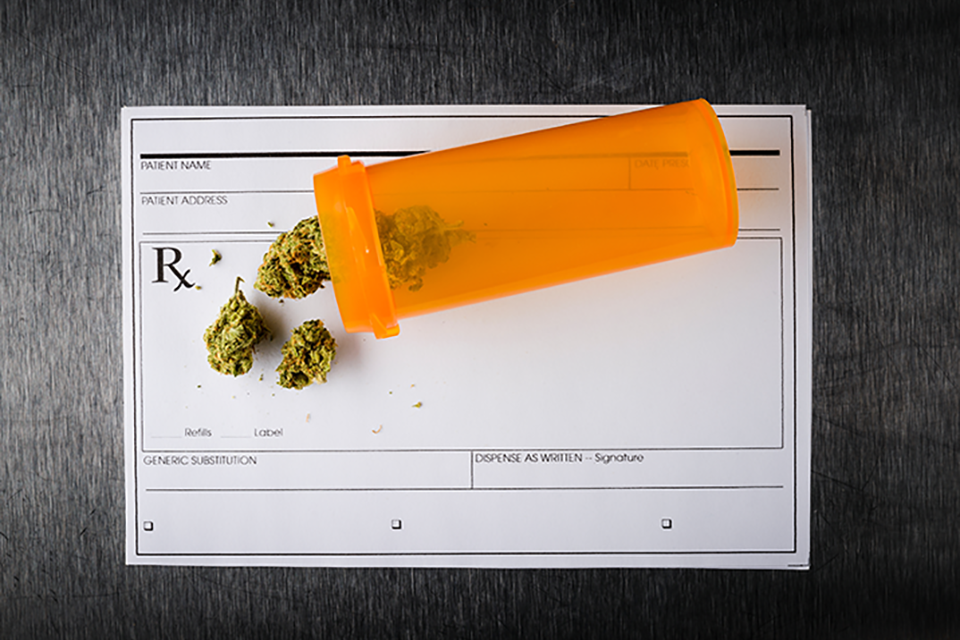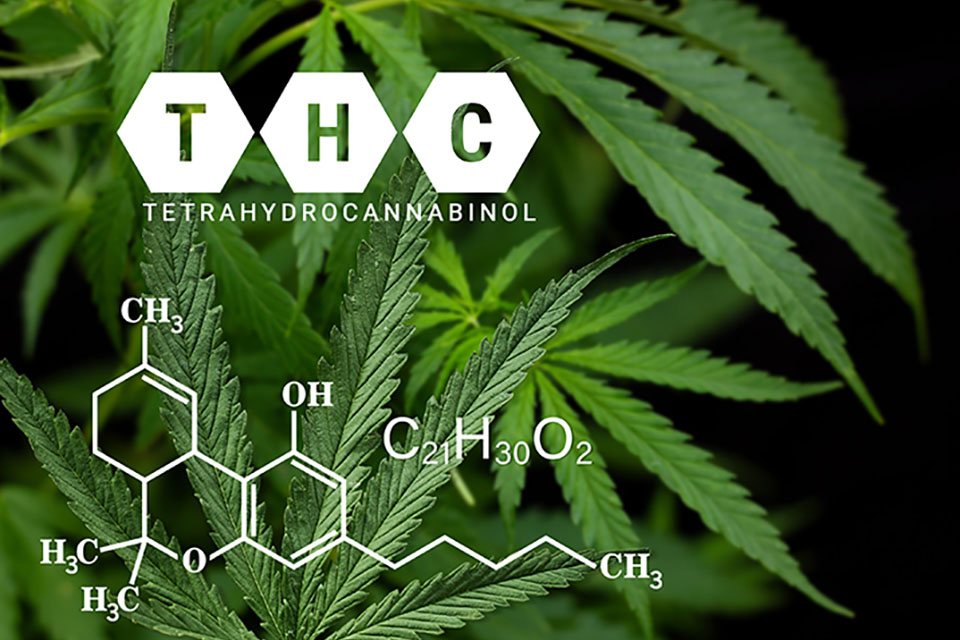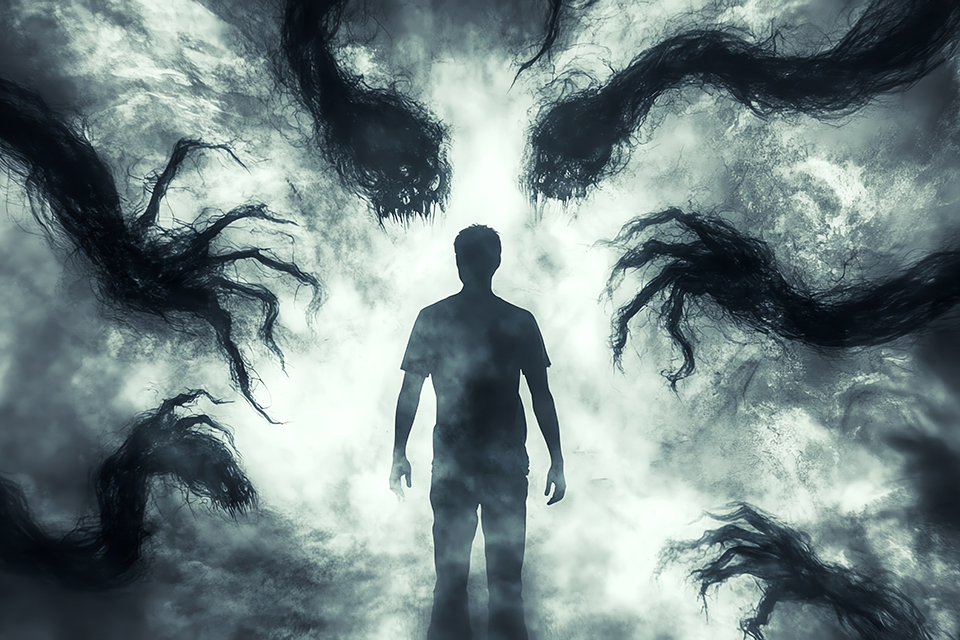
A Complete Guide To Medical Cannabis
Weed is one of the most genetically diverse plants to be found anywhere, so making a complete guide to medical cannabis is a big job. Though there is much research being conducted around the world, we are just starting to scratch the surface of what weed might actually be. We do know that certain cannabinoids perform certain functions and that effects vary across tested demographics. We also know that CBD or cannabidiol, is the best known and most widely grown of the active cannabinoids in cannabis. It is used in the treatment of many challenges, ranging from muscle aches and pains and overcoming anxiety to boosting the efficacy of certain cancer treatments. Though the cancer-fighting, anti-inflammatory and anxiolytic properties that CBD is most known for are remarkable, there is much more going on in the interactions between the different compounds present in pot. In order to form a complete picture, we must endeavor to understand what constitutes a medical need. We must also understand the effects cannabinoids and terpenes have at varying stages of development, as well as their interactions with each other. There is another side to medical cannabis, which for the past hundred years or so, has been considered recreational, and that’s THC, or tetrahydrocannabinol. We are just beginning to understand the important role this cannabinoid may have yet to play in combating depression, post-traumatic stress and other social disorders, and how it performs in combination with terpenes and cannabinoids such as CBD.
What Is Medical Marijuana?
In attempts to define medical marijuana, we must take a number of factors into account, including acute issues, secondary challenges, tertiary challenges and effects on one’s mental and emotional states. It must also include the economic, environmental, physical and emotional pressures the patient’s condition places on others and society as a whole. According to the US Federal Government, medical marijuana can be defined as any strain with less than 0.03% THC, and which has properties proven to benefit whatever malady, whether it be pain, tremors, cancer or other. Broader definitions may include a study of the differences between similar cases left untreated and those treated with an array of strains, the economic disparity between medical marijuana and prescribed treatments, and they may include data relating to increases or decreases in physical efficacy and mental capacity when using cannabis. Of course, anyone familiar with using cannabis responsibly will know that to exclude THC from the equation is to miss out on half the meds. All states have the right to regulate themselves as they see fit, and those more hip to how beneficial buds are in their fully mature form, have blanket legalization. However, there is still duality in the delineations, medicinal and recreational, and this must stop if we are to appreciate cannabis for the reality of all it is. Kind of like people, it doesn’t matter how red, gold or green that weed is, it has its own special purpose for being and its own special capacity to help.
Understanding Cannabinoids
Understanding cannabinoids is probably the most important, and certainly the most popular, piece of the puzzle. Along with terpenes, which are also of major importance to grasp the gravity of, cannabinoids are the compounds responsible for the many effects we experience through consuming cannabis. Though they have no smell and no taste, natural chemical compounds such as tetrahydrocannabinol (THC), cannabidiol (CBD), cannabigerol (CBG) and others, each perform unique functions which are proven to show benefit. Different cannabinoids develop at different stages of the plant’s life cycle. It starts with CBGA and CBGVA. This fork is where we start to see the generation of the cannabinoids we are most familiar with, the many forms of CBD and THC. CBGA develops into THCA, CBDA and CBCA, while CBGVA develops into THCVA, CBDVA and CBCVA. We know, it can be a bit confusing, but each one of these compounds has a particular job. The effects of each of the cannabinoids vary from analgesic to anti-inflammatory, and from anxiolytic to psychotropic, effects. However, in order to activate many of these compounds, we must apply heat, the process of which is called decarboxylation. In their original form, cannabinoids are of little use to us. But when we decarb our weed, we can use it to make all sorts of tasty delights, like candies, drinks, butter, cookies and chocolate. We are also able to isolate and extract specific cannabinoids to be used in products such as tinctures, topicals and, of course, a vast array of concentrates.
The Effectiveness Of CBD Without THC
Tetrahydrocannabinol is a friend to many medicinal consumers. It lightens the mood, takes the edge off of how much people care about their pain and it is proven to assist those suffering trauma disorders and depression. However, in many cases it is unnecessary and the effectiveness of CBD, or cannabidiol, without THC should not be underestimated. Almost immediately, CBD soothes anxiety and begins to reduce inflammation, and all without the slightest hint of psychoactivity. Many times, we hear people tell us that they won’t take CBD because they don’t want to get high. We are always quick to assure these fine folks that there is nothing to fear with CBD. That being said, we are not doctors and do not claim to present any remedies. But we are experienced, and the data is out there for anyone to access and understand. Cannabidiol doesn’t need THC in order to help as a neuroprotectant, alleviating symptoms of ALS and migraines, and it is effective in the battle against epilepsy. This miracle compound, if you’ll indulge us, has also been shown to work as an antipsychotic, a sleep regulator and is a proven warrior in the fight against certain types of cancer. This is all without THC. Each year, all around the world, teams of researchers study the effects of CBD on an ever-expanding number of afflictions and it seems to always come out a winner. If you wish to benefit from cannabis without getting high, CBD might just be the answer.
Possible Uses For Medical Marijuana
Given that our subject has battled through puberty, is post adolescence and is a responsible young adult, studies have shown that there is little chance of that individual having a problem experimenting with a little pot. For many, however, it is a necessity, and possible uses for medical marijuana include all demographics, even infants. When we first started legalizing this stuff, it was for epilepsy, glaucoma and AIDS, certain cancer treatments, and later, depression. As consumer bases broaden and understanding and acceptance swell, we see voices speaking out in support of using cannabis for all it’s worth. This covers its cannabinoids and its terpenes, and we know that in each combination of these two families of compounds, there is immeasurable health and wellness potential. Unlike managing a single virus or bacteria with vaccines or antibiotics, managing pain, treating separate stages of cancer or stabilizing spasmodic muscle groups in a particular multiple sclerosis or Parkinson’s patient, is quite another story. More and more it is starting to look like that’s the whole reason why weed is here in the first place. Our ancestors knew it, populations before them knew it and it flourishes throughout pretty much every bioregion on the planet. So medical marijuana is not just a CBD isolate or topical, though those are effective for many consumers. No, it is the entire plant. This is why it is important that consumer markets have a broad range of products and cannabinoid and terpene combinations available, to effectively serve communities.
How To Take CBD and How Much Should You Take
Cannabidiol is the most studied, most produced and most widely available cannabinoid in North America, and probably the world. It is proven to have a positive impact in health and wellness markets and when used responsibly it is considered safe for everyone, even your babies and pets. Depending on your preferences, you can choose to smoke CBD weed, oil or other concentrates or purchase or produce edibles, including sprays and tinctures. There are capsules to ingest as well, and there are innumerable creams, salves, ointments and lotions out there to choose from, and all of them have their place in the consumer healthcare market. How much you should take is a discussion best had with your healthcare professional. We do not claim to tell people what to take or how to take it. It is our mission simply to inform you as comprehensively and responsibly as we can. We will tell you that the majority of CBD gummies start at 5mg and what has been suggested as a maximum is 20mg. Concentrates are different since they may register as high as 90% or more, and these are to be used very sparingly. A lentil sized dab under the tongue is a common treatment for adults experiencing seizure disorders, and one the size of the tip of a pencil is often dispensed to treat leukemia in infants. There can be negative side effects to taking too much, such as liver and kidney damage.
The Best Autoflower CBD Seeds For Sale
The best autoflower CBD seeds for sale are the ones which best suit your needs. There are a lot of different strains out there claiming an incredible array of effects, but the only way to know if a strain is right for you is to try it and see. If you are the type to like a little THC, you may benefit from a balanced strain like CBD White Widow Auto Fem. This seed is fast, and it is known to produce both 10% THC and 10% CBD. This strain has been shown to help sufferers of anxiety, anorexia, depression, insomnia, lack of appetite, pain and stress, and it consistently delivers up to 170 grams per plant. Cheesy, citrusy, floral and sweet, White Widow CBD Auto is a good starting point for any curious medicinal grower. Another one to pay attention to is CBD Critical Mass Auto Fem. Again, this is a balanced 10% hybrid autoflower with much medicinal capacity. This is a wise choice for anyone in Northern latitudes, since it comes complete with mold resistance, and it is ready in just eleven weeks from seed. This one is especially helpful to those suffering inflammation, insomnia, pain and stress and the sweet, skunky woody and fruity flavor profile is a joy to any toker. We offer dozens of feminized automatic CBD strains and all of them are capable of providing a user-friendly growing experience and they are proven to make waves in medicinal circles.
The Best Feminized CBD Seeds For Sale
Much like our autoflower selections, the best feminized CBD seeds for sale are the ones that work for you. It may take a little time to find the perfect strain combination, but the rewards can make all the difference. Choosing a feminized photoperiod strain is common for those who need heavy harvests and who enjoy the processes of germination, vegging and training, the flip, chop and cure. Of course, autos more or less provide these opportunities as well, but the serious grower sticks with photo seeds. For any medicinal grower looking to test their mettle, the earthy and herbal CBD OG Kush Photo Fem might just be the ticket. This is an ideal strain for those who need to relax, treat aches and pains, get some sleep, and it even helps treat seizure disorders. This plant takes nine to eleven weeks from the flip and produces upwards of 600 grams per plant. CBD 27 Photo Fem was designed for medicinal markets. This thing boasts up to 20% CBD and 5% THC, and its list of afflictions treated is a long one. Anxiety, glaucoma, hypertension, inflammation, insomnia, muscle spasms, nausea, pain, PMS, PTSD, seizures and stress, even nightmare reduction, are all on this weed’s hit list. This strain helps people become happy and creative again, the mild euphoria is enough to change minds and it has a wicked flavor profile. Lemon mint and pine come together to form a mentally clarifying and mood boosting concoction which is famed for fuelling free living.



